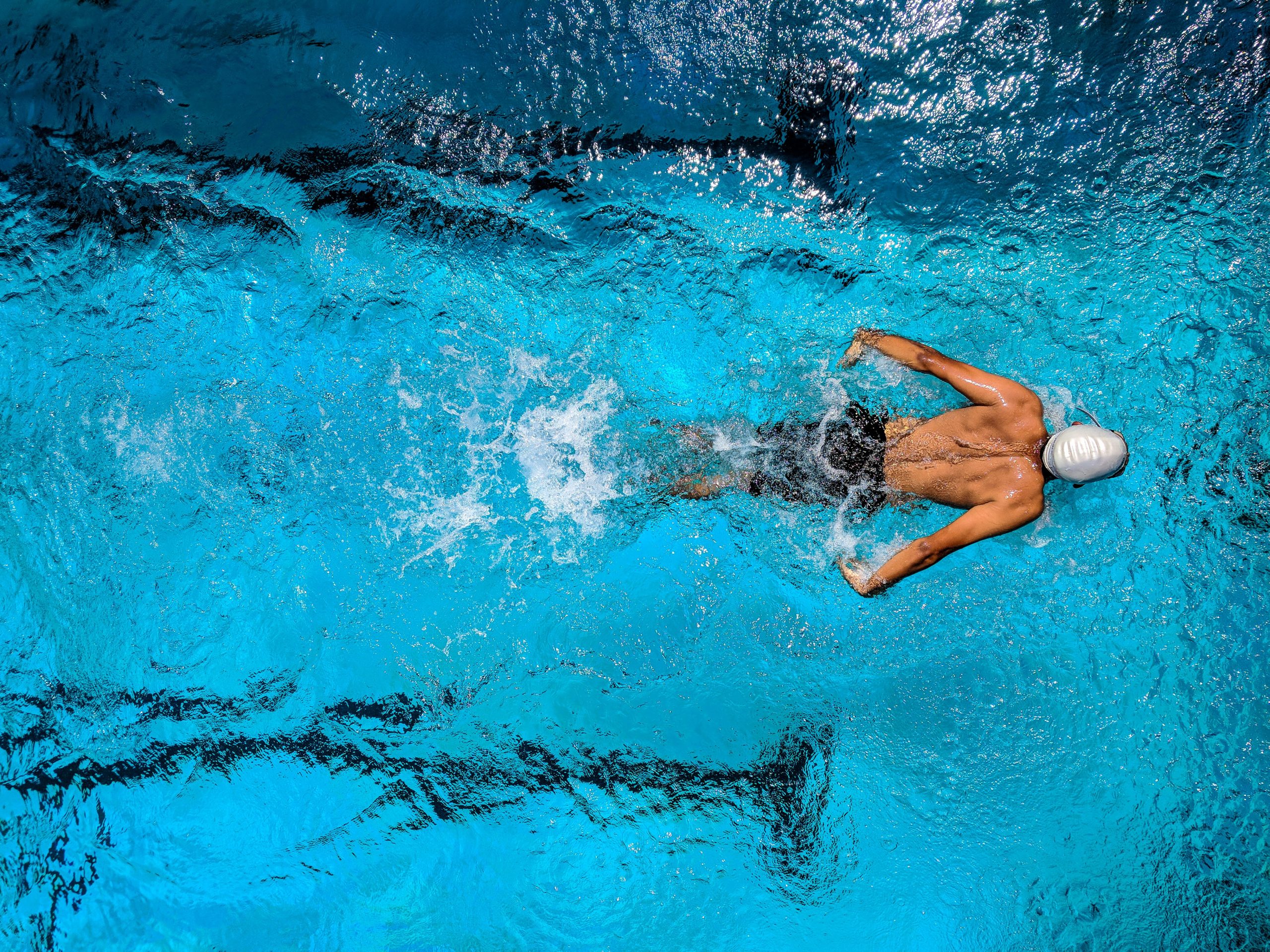Hydrotherapy

Hydrotherapy refers to various physical activities or exercises that are done in water for their therapeutic effect. As part of medical rehabilitation, hydrotherapy includes a wide range of exercises carried out in a warm, shallow pool. Usually, the pools are shallow enough for you to stand up and there’s a rail to hold you up as well. Pools used for hydrotherapy also feature a ramp for convenient entry into the water.
Hydrotherapy activities are coordinated by a physiotherapist or exercise physiologists with special training that allows them to carry out rehabilitation in water. A physiotherapist or exercise physiologist will know how to support you in the pool if you need help and can design programs at the right difficulty level that will be challenging enough without compromising your safety in the water.
Treatment begins with an assessment of the patient’s muscle strength, flexibility, posture, and general movement to determine the problematic area. This makes it possible for the physiotherapists to design a targeted program that can help address the difficulties that the patient experiences in these areas. In addition to aiding with injury and post-operation recovery, hydrotherapy can also be used to help patients that are having trouble with everyday activities and would like to improve.
When is Hydrotherapy appropriate?
Hydrotherapy can be recommended for the treatment of various conditions or injuries that result in pain, weakness, low fitness, balance problems, or moving difficulties. In the early stages of the treatment, the exercise is usually very gentle. However, they may get much harder with time depending on the patient’s need.
Before a patient can undergo hydrotherapy, they must have been cleared to be stable enough by their GP or surgeon. Patients who have undergone surgery that involve a cut in their skin may still undergo hydrotherapy. The wound is typically covered in a waterproof dressing before they get into the pool.
What issues should I consider treating with Hydrotherapy?
Hydrotherapy is a flexible treatment option that can be undergone by anyone regardless of age or gender. This treatment technique is used for a variety of conditions including neurological issues, and cardiopulmonary or musculoskeletal problems. Exercising in water is particularly recommended for people who tend to experience difficulty or pain while exercising on land.
Hydrotherapy is less vigorous compared to exercising on land since the water takes part of your body weight. This makes it easier to move your joints and muscles without overexerting yourself. People experiencing difficulty moving after an injury will find this treatment option an effective one for them to help keep fit and healthy as they recover.
How can Hydrotherapy help me?
At Physiocare, your hydrotherapy treatment with us begins with an assessment of your movement on land. Then the physiotherapist will chat with you regarding your main problem areas and design a water-based exercise program to help you start working out in the pool.
As you will discover, a hydrotherapy program includes a wide range of exercises including flexibility, fitness, walking practice, strengthening exercises, and so on. The right one for you depends on your specific needs and the goals of your treatment.
Usually, for people with limited mobility issues, babies, and young children, your physiotherapist or exercise physiologists can stay with you in the water during each session. This applies to those that tend to get nervous in water as well. One of the best things about exercising inside a pool is that there’s no risk of hurting yourself if you lose balance or fall during the workout.
Is Hydrotherapy effective?
The effectiveness of aquatic exercises as a form of rehabilitation treatment is evidence based. This therapy can help achieve the same level of result as exercising on land without the pain and stress that accompany land-based exercises.
Most of the research about the effectiveness of hydrotherapy has been in the treatment of hip and knee arthritis and other types of arthritis in older adults. The routine has also been shown to be effective for the treatment of fibromyalgia and low back pain.
Additionally, many studies have been carried out to explore the effectiveness of aquatic exercises in the treatment of neurological conditions. It has proven to be beneficial for people suffering from stroke, Parkinson’s Disease, multiple sclerosis, and traumatic brain injury. Similar research into the impact of such routines on pregnant women and children with heart and respiratory issues has also demonstrated positive results.
How long does treatment take?
The duration of hydrotherapy programs varies. Usually, treatments are scheduled twice a week. However, this schedule may not work for everyone. According to various studies, most people see significant improvement in their condition after about 6 weeks of aquatic exercises.
For conditions that require longer-term management, the physiotherapist usually aims to teach the patient the exercises so that they can keep going on their own or with the help of their caregiver.
The ideal frequency of exercises and how long the entire treatment will take depends on the recommendations of your physiotherapist or exercise physiologist. If you have any questions about hydrotherapy, please get in touch with us by calling our PhysioCare clinic near you.






















